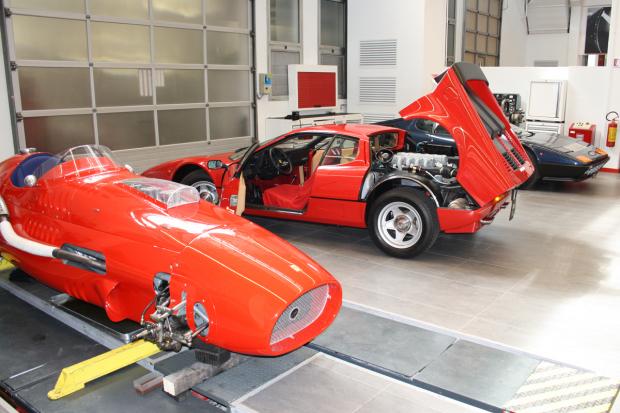
I got back from Italy late last night following my first visit – or should that be pilgrimage? – to Maranello. Actually, I tell a lie, I have been to the town before, but never ventured through the Ferrari factory gates – an apt metaphor for my teenage years...
Anyway, this time I was a guest of Ferrari, thanks to the generosity of UK PR boss Jason Harris. Curiously, none of us really knew why we were going, merely that it would be a nice trip and that we would all get a look at the museum (of which more anon in the magazine), eat some good food and get a proper factory tour. Count me in.

The trouble is, I soon started to feel my increasing cynicism for Enzo’s old firm beginning to creep in, just as I did when I stayed in the cheesy Maranello Hotel on my last visit.
You see, at first it appeared that people in the corner of Modena that will be forever red seem to have acquired a new vocabulary. Out have gone ‘passion’, ‘history’, even ‘Enzo’, in their place words such as ‘profit’, ‘efficiency’, ‘sustainability’, and even, horror of horrors, ‘automation’.

OK, so I’m being a bit harsh here: there is plenty to applaud in making the business more eco-friendly, the cars less thirsty; and the automated engine plant is to build Maserati V6s – ‘proper’ Ferraris are still made largely by hand.







